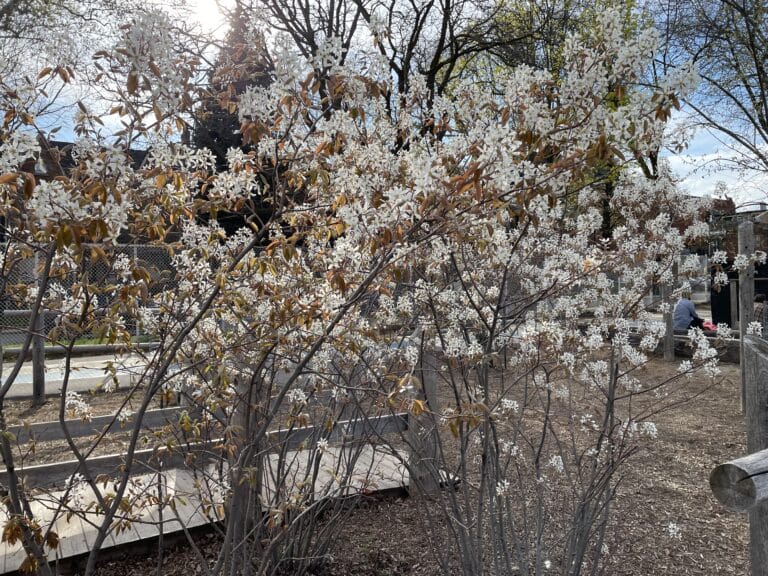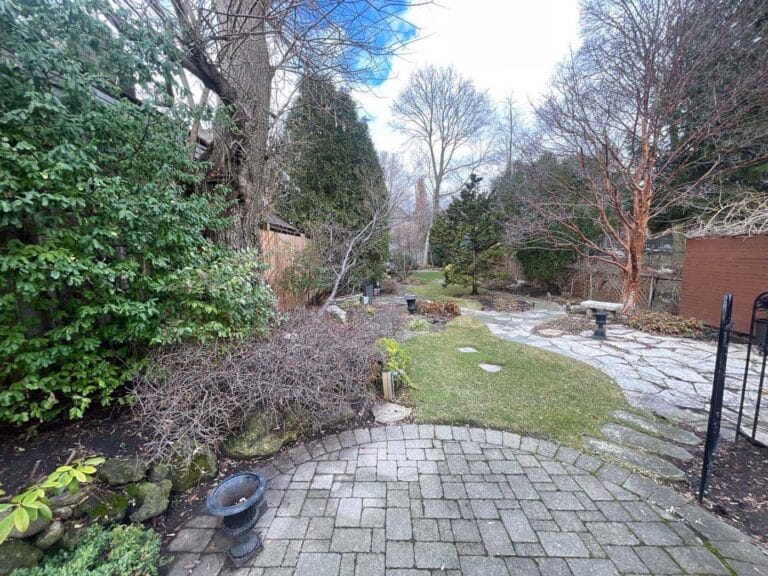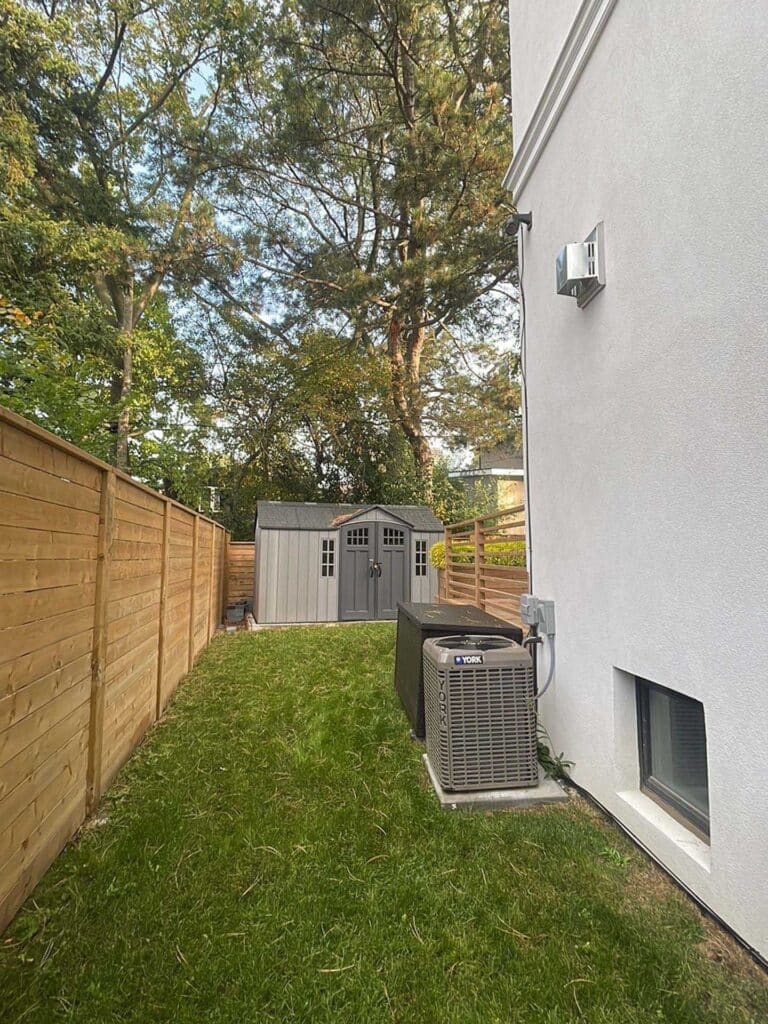Spring is coming, and many people start thinking about gardens and planting. If you have an empty space you want to fill or are looking for more shade, you may be wondering about how to plant a tree.
It’s a pretty basic tree fact that most trees live a long time. But did you know that the most likely causes of death for urban trees are improper planting and care, and damage, not old age? If a new tree is planted wrong, you could be setting your new tree up for failure too soon. Read on for some tips on what to do to make sure your baby tree grows strong and healthy!
When to Plant a Tree
In southern Ontario, you can generally count on being able to dig into the ground easily from roughly April through October, depending on the year. Does that mean all those months are good times to plant trees? That’s not the case.
Early spring, right after the ground thaws, is typically the best time of year for planting. Soil moisture is high and the tree can establish a root system before the winter. Fall, after leaves have dropped, can also be a good time for planting, as trees reach a dormant stage. This timing can be trickier some years, though, if the ground freezes before or very close to when leaves fall.
Summer may seem like a great time for planting, but it’s not! Hot temperatures and dry weather make it difficult for a tree to establish itself in a new space. Trees planted in summer will need lots and lots of extra water.
How Not to Plant a Nursery Tree
Like newborn babies, nursery trees arrive all bundled up neatly. You may have a burlap sack around the tree’s root ball, perhaps a wire basket over it, and strings around the trunk. Any string or lacing around the trunk may be attached to a stake.
Inexperienced planters may just toss this whole mess into a hole, pack in some dirt, and leave it. We’ve received many calls from homeowners with these trees a year or two later, wondering why their trees are doing poorly. Always remove any nursery material from your tree. Wires and burlap will constrain the roots and keep them from spreading out and growing properly. If your tree can’t establish a healthy root system in its new home, it will never thrive.
A tree will eventually grow into any material, wire, or strings left around the trunk, called “girdling.” This weakens the tree’s structure. Stakes may be needed to help a new tree establish itself and protect against strong winds before the roots grow deeper, but they should be removed as soon as possible, before the first year after planting.
Where Not to Plant a Tree
Location, location, location! Your new tree wants some prime real estate, and it doesn’t want to compete with your actual real estate. Make sure a tree is planted far enough away from a house, garage, or other structure, so that it has space to grow. This will depend on the species, but should typically be a minimum of a few metres for small trees; the root structure generally extends underground as wide as the tree’s height.
Keep in mind any other work you’re thinking of doing later, too. Planning on putting in a new driveway or patio? Make sure you won’t be paving over the root structure of the tree as it grows (and it won’t be expanding into existing pavement). A tree needs soil space to expand into for healthy growth. Any future construction could also dig into the roots of your growing tree if it’s in the wrong place.
Don’t forget about drainage — planting a tree too close to a downspout can lead to excess moisture. If you plant your tree in a known dry area in your yard, remember it will require extra water.
How Not to Dig the Hole
Digging a hole for a new tree is a fine art. Too shallow, and the tree won’t be able to support its own weight and will struggle to establish roots. Too deep, and the bark will deteriorate at the planting line, risking damage to the whole tree. It may take several years for this to become apparent, but the tree will struggle to thrive. Dig a hole that’s only as deep as the root ball.
Make sure your hole is wide enough — about two or three times the width of the container or root ball. Narrow holes can mean the tree will have a hard time establishing roots.
Be careful when filling the hole — filling it with gravel will encourage water collection. Putting down non-porous black plastic below or above the hole will also negatively affect water levels. Skip this — it isn’t needed.
Do add mulch after you’ve planted the tree and loosely filled in the hole with soil. Five to ten centimetres (2-4 inches) is the right amount — too much mulch can lead to rotting bark and attract rodents.
Tree Planting Aftercare
Don’t just plant your tree, water it, and leave it. Giving your new tree the right amount of water will ensure it grows well. In the first week or two, water daily, which can go down to 2-3 times per week in the first three months or until first frost; after that, water weekly. (Don’t forget trees need water during dry periods in the winter, too.)
After the first year or two, an arborist should prune your new tree to encourage healthy growth and a strong form. Proper pruning will give your tree a better shape and help the branches grow in the right directions to keep it strong. This will also protect it from insects and fungi by removing any broken branches.
Are You Ready to Plant a Tree?
Have you gotten a better idea of what not to do when planting a tree? If you’re still unsure about the planting process or need some advice on what the right species for your space is, click here to learn more about Vista Tree’s planting process and contact us to make a request.








